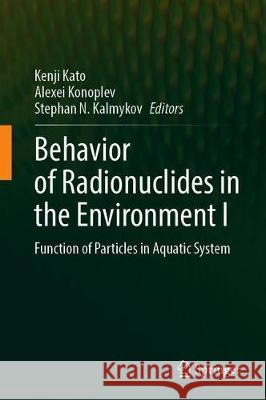Behavior of Radionuclides in the Environment I: Function of Particles in Aquatic System » książka
topmenu
Behavior of Radionuclides in the Environment I: Function of Particles in Aquatic System
ISBN-13: 9789811506789 / Angielski / Twarda / 2020 / 225 str.
Behavior of Radionuclides in the Environment I: Function of Particles in Aquatic System
ISBN-13: 9789811506789 / Angielski / Twarda / 2020 / 225 str.
cena 564,88
(netto: 537,98 VAT: 5%)
Najniższa cena z 30 dni: 539,74
(netto: 537,98 VAT: 5%)
Najniższa cena z 30 dni: 539,74
Termin realizacji zamówienia:
ok. 22 dni roboczych
Bez gwarancji dostawy przed świętami
ok. 22 dni roboczych
Bez gwarancji dostawy przed świętami
Darmowa dostawa!
Kategorie:
Kategorie BISAC:
Wydawca:
Springer
Język:
Angielski
ISBN-13:
9789811506789
Rok wydania:
2020
Wydanie:
2020
Ilość stron:
225
Waga:
0.45 kg
Wymiary:
23.8 x 16.13 x 1.52
Oprawa:
Twarda
Wolumenów:
01











